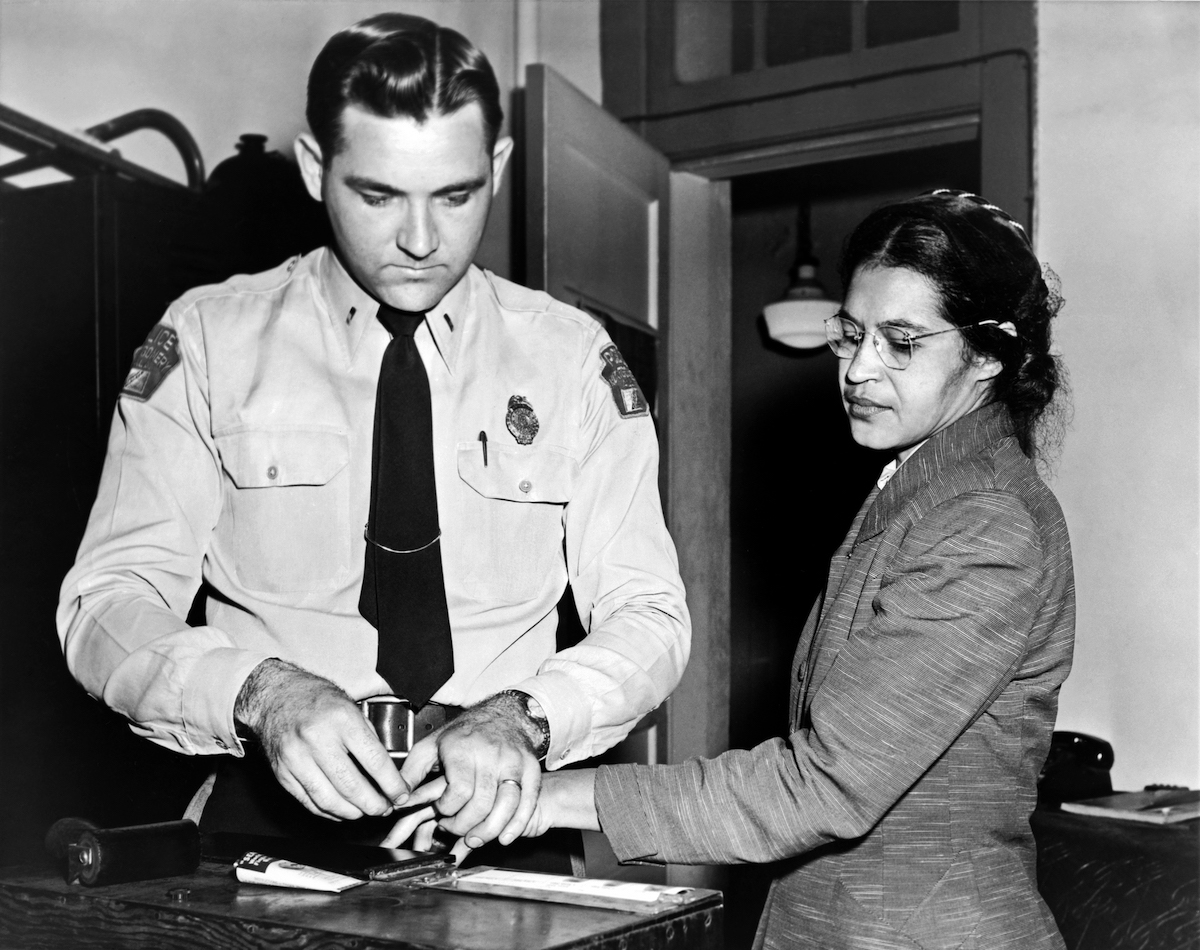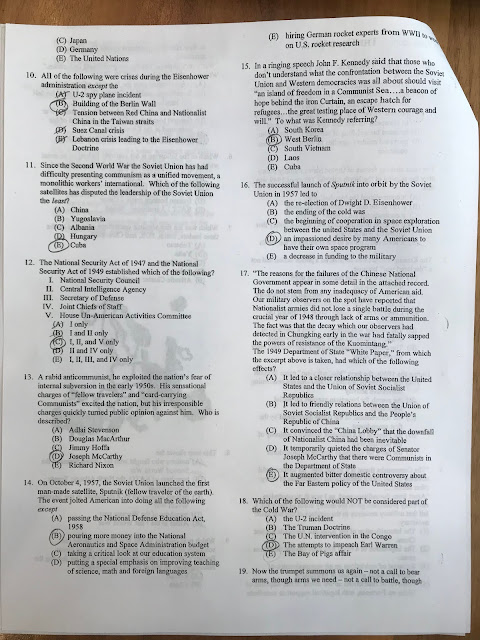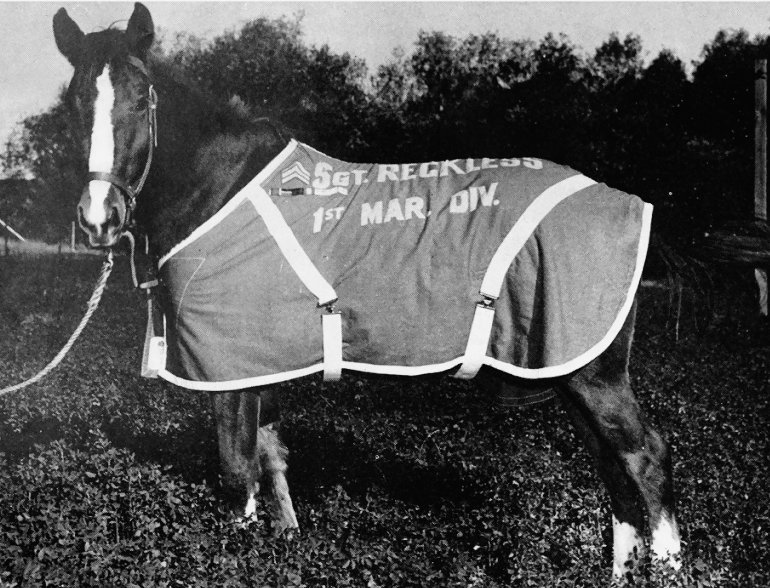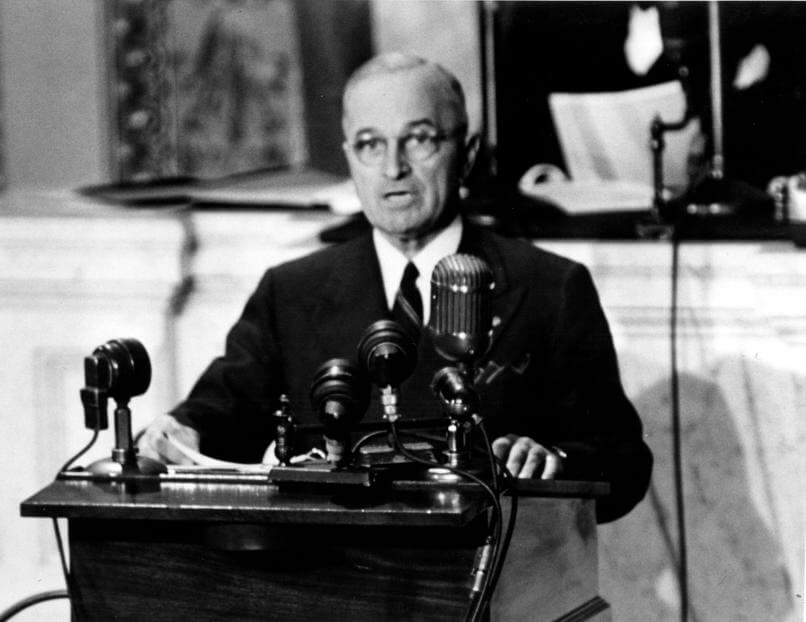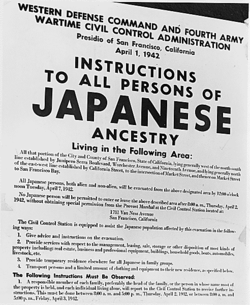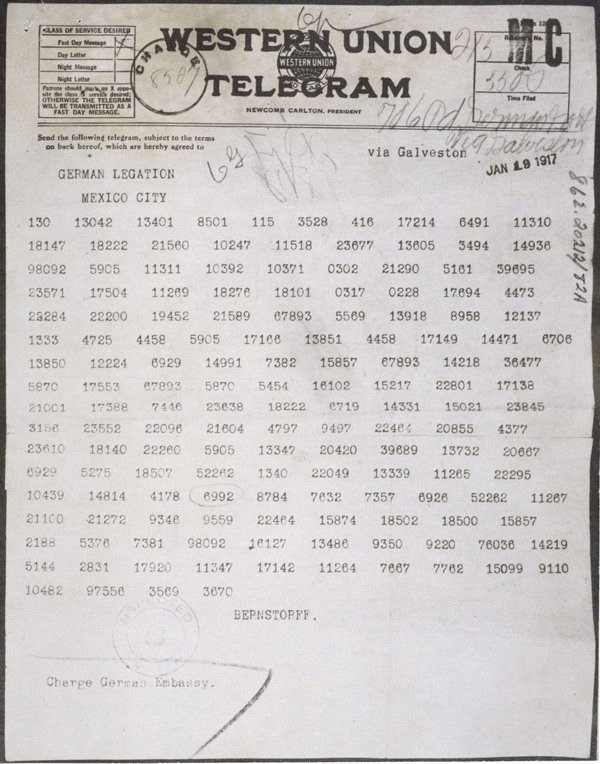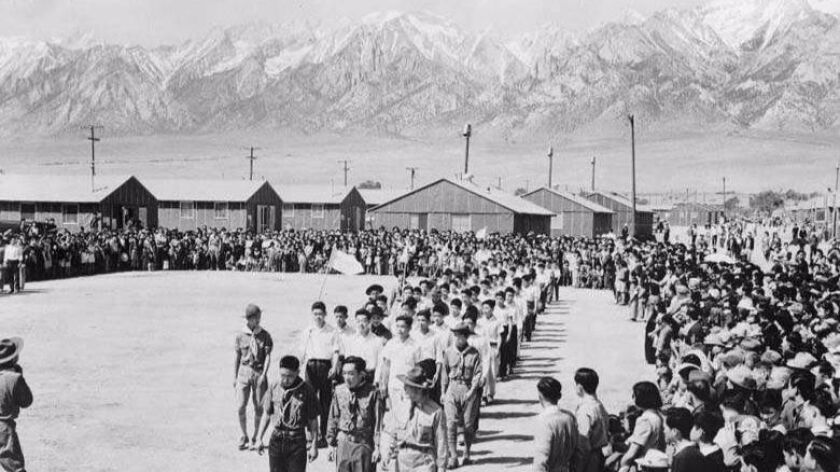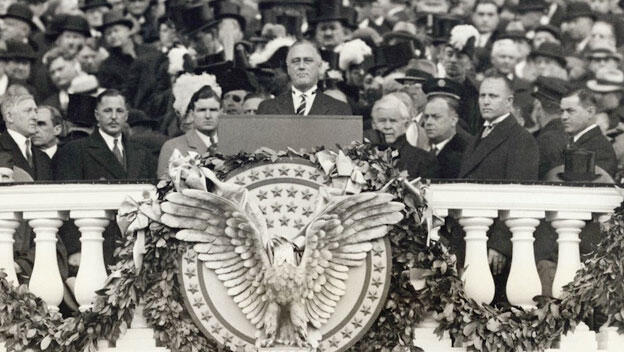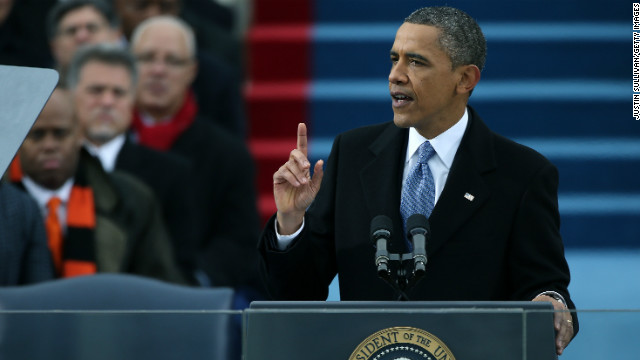Hooks by Unit
|
Unit
|
Possible Hooks
|
|
Unit 3: 1754–1800
|
“I must confess that in this country, we must comply and learn the
art of war from
enemy Indians or
anything else who have seen the country and war carried on in it.”
-George Washington
about the French and Indian War
It took more than one hundred colonist nearly three hours to dump all
the tea into the Boston Tea Party, the chests held more than forty-five tons
of tea which is worth nearly one million in today’s money.
"Stand your ground. Don't fire unless fired upon, but if they
mean to have a war let it begin here."
-Captain John Paarker to his minute men on Lexington Green April 19th,
1775
“The Stile of this
Confederacy shall be "The United States of America."
-The Constitutional Congress
The opening of the Articles of Confederation
“We the People of the United
States, in Order to form a more perfect Union, establish…”
- The US Constitution
|
|
Unit 4: 1800–1848
|
Martin Van Buren, more like Van Ruin- secretary of state during
Andrew Jackson’s presidency
Thomas Jefferson believed the election of 1800 would decide the
American government’s principles- “I have sworn upon the altar of God eternal
hostility against every form of tyranny over the mind of Man” he wrote
“Democracy shows not only its power in reforming governments, but in
regenerating a race of men and this is the greatest blessing of free
governments”
-Andrew Jackson
Transcendentalists took progressive stands on women’s rights, reform,
abolition, and education.
|
|
Unit 5: 1844–1877
|
In 1893, Katharine Lee Bates wrote ‘America the Beautiful’ and coined
the famous phrase “from sea to shining sea” in reference to Manifest Destiny.
“Remember the Alamo”
-Sam Houston at the Battle of San Jacinto
The Wilmot Proviso was a proclamation to eliminate slavery within the
land acquired as a result of the Mexican-American War.
Horace Greeley’s New York Tribune, a paper run by anti-slavery
publicists coined “Bleeding Kansas” to fix on the strife-ridden territory.
The 15th Amendment to the US Constitution granted African
American men the right to vote by declaring that the “right of citizens of
the United States to vote shall not be denied or abridged by the United
States or by any state on account of race, color, or
previous condition of servitude.”
Black Codes were written to restrict African Americans from voting,
testifying whites, start a job without the approval of previous employers,
and to serve on state militias or juries.
|
|
Unit 6: 1865–1898
|
“It shall be unlawful for a negro and white person to play together
or in company with each other in any game of cards or dice, dominoes or
checkers.”
- Jim Crow Laws
The Plessy vs. Ferguson court case decided the “Separate but equal”
lifestyle that effected many African Americans because even though they were
separate, they were definitely not equal.
Mark Twain and Charles Dudley Warner coined the phrase “The Gilded
Age”
Henry Ford had a famous catch phrase, “money is like an arm or leg —
use it or lose it.”
“Concentration is my motto – first honesty, then industry, then concentration.”
-Andrew Carnegie
|
|
Unit 7: 1890–1945 |
“Rockefeller and his
associates did not build the Standard Oil Co. in the board rooms of Wall
Street banks. They fought their way to control by rebate and drawback, bribe
and blackmail, espionage and price cutting, by ruthless efficiency of
organization”
-Ida Tarbell
“The rich people not only had all the money, they had all the chance
to get more; they had all the know-ledge and the power, and so the poor man
was down, and he had to stay down.”
- Upton Sinclair in ‘The Jungle’
The Zimmerman telegraph said if Mexico went to war with the United
States, Germany would help Mexico recover the territory it lost in the 1840s,
this note caused President Woodrow Wilson to declare war against Germany.
President Warren G. Harding pursued a hands-off administration during
the 1920s by cutting federal government spending and lowering tax rates.
|

